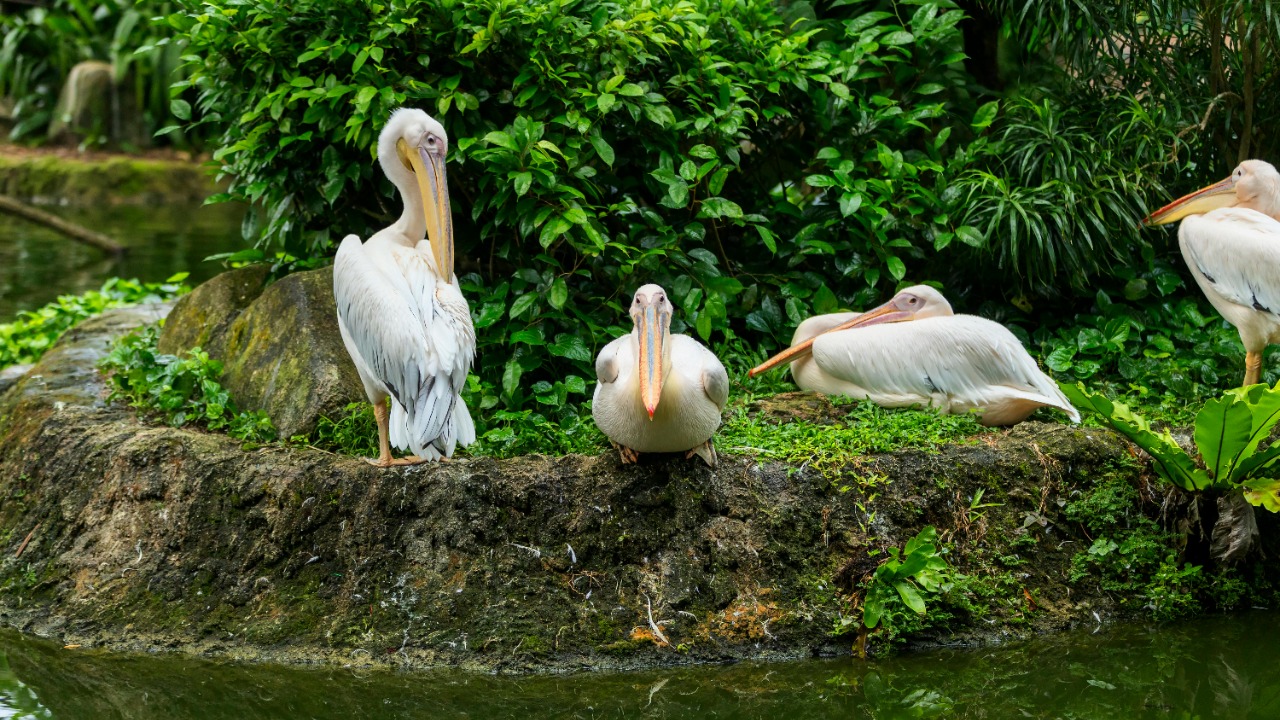
A recent study published on October 17, 2025, reveals that bird-mediated plant colonization is challenging long-held assumptions about how plants spread to islands. This research highlights birds as crucial agents in this process, rather than the previously assumed reliance on wind or water dispersal. The findings challenge decades of ecological models that minimized the role of avian vectors in remote island ecosystems, offering new insights into plant biodiversity patterns on isolated landmasses. Source.
Traditional Assumptions in Island Plant Dispersal
Historically, the prevailing view in ecology was that plants primarily reached islands through wind (anemochory) or ocean currents (hydrochory). Early 20th-century ecological theories, developed from observations in regions like the Galápagos and Hawaiian Islands, emphasized these methods due to the perceived rarity of long-distance bird flights. These models suggested that the vast distances and isolation of islands made animal-mediated dispersal unlikely, leading to a focus on abiotic factors as the primary means of plant colonization.
However, these traditional assumptions have limitations. They often underestimated the viability of seeds after being ingested and transported by birds. The belief that seeds could not survive the digestive processes of birds or endure long flights without losing viability contributed to the downplaying of avian roles in plant dispersal. This oversight has led to a skewed understanding of how plant species establish themselves on islands, potentially overlooking significant contributions from bird-mediated processes. Source.
Mechanisms of Bird-Mediated Colonization
Birds facilitate plant spread by consuming fruits and excreting viable seeds during flights to islands, enabling colonization over vast oceanic distances. This process, known as endozoochory, involves birds ingesting seeds that are later deposited in new locations, often far from their original source. The migratory patterns of certain bird species, such as seabirds, play a crucial role in this mechanism. These birds travel long distances between mainland areas and remote islands, carrying seeds that contribute to the genetic diversity and establishment of plant populations on these isolated landmasses.
Physiological adaptations in both birds and seeds further support this dispersal method. Many seeds have evolved tough coats that resist digestion, allowing them to survive the journey through a bird’s digestive tract. This resilience ensures that seeds remain viable even after extended periods within a bird’s gut, increasing the likelihood of successful germination once deposited. Such adaptations highlight the intricate relationships between plants and their avian dispersers, underscoring the importance of birds in shaping island ecosystems. Source.
Evidence from Recent Research
Recent genetic analyses have provided compelling evidence supporting bird-mediated plant colonization. Studies show that many island plant species share DNA markers with mainland populations, indicating that birds serve as vectors for genetic exchange across vast distances. This finding contradicts traditional isolation-by-distance models, which posited that geographic separation would lead to distinct genetic lineages on islands. Instead, the genetic similarities suggest ongoing connectivity facilitated by avian dispersers.
Case studies from Pacific islands further illustrate the impact of bird-mediated dispersal. These islands often exhibit higher plant diversity than predicted by traditional dispersal theories, with many species showing clear evidence of bird-assisted colonization. Experimental data on seed germination rates post-bird passage confirm the viability of seeds after long-haul transport, reinforcing the role of birds in maintaining and enhancing island biodiversity. Source.
Implications for Island Ecology and Conservation
The recognition of bird-mediated plant colonization reshapes our understanding of island ecology, particularly concerning endemism and the risks of non-native plant invasions. By acknowledging the role of birds, conservationists can better assess the potential for new species introductions and the dynamics of existing plant populations. This understanding is crucial for developing effective conservation strategies that protect both native species and the ecological balance of island ecosystems.
Protecting migratory bird routes emerges as a vital conservation strategy, as these pathways facilitate natural plant colonization and genetic exchange. In the face of climate change, ensuring the integrity of these routes can help maintain biodiversity and ecosystem resilience on islands. Additionally, understanding the broader ecological impacts of bird-mediated dispersal, such as its effects on food webs and biodiversity hotspots, can inform management practices that support sustainable island ecosystems. Source.